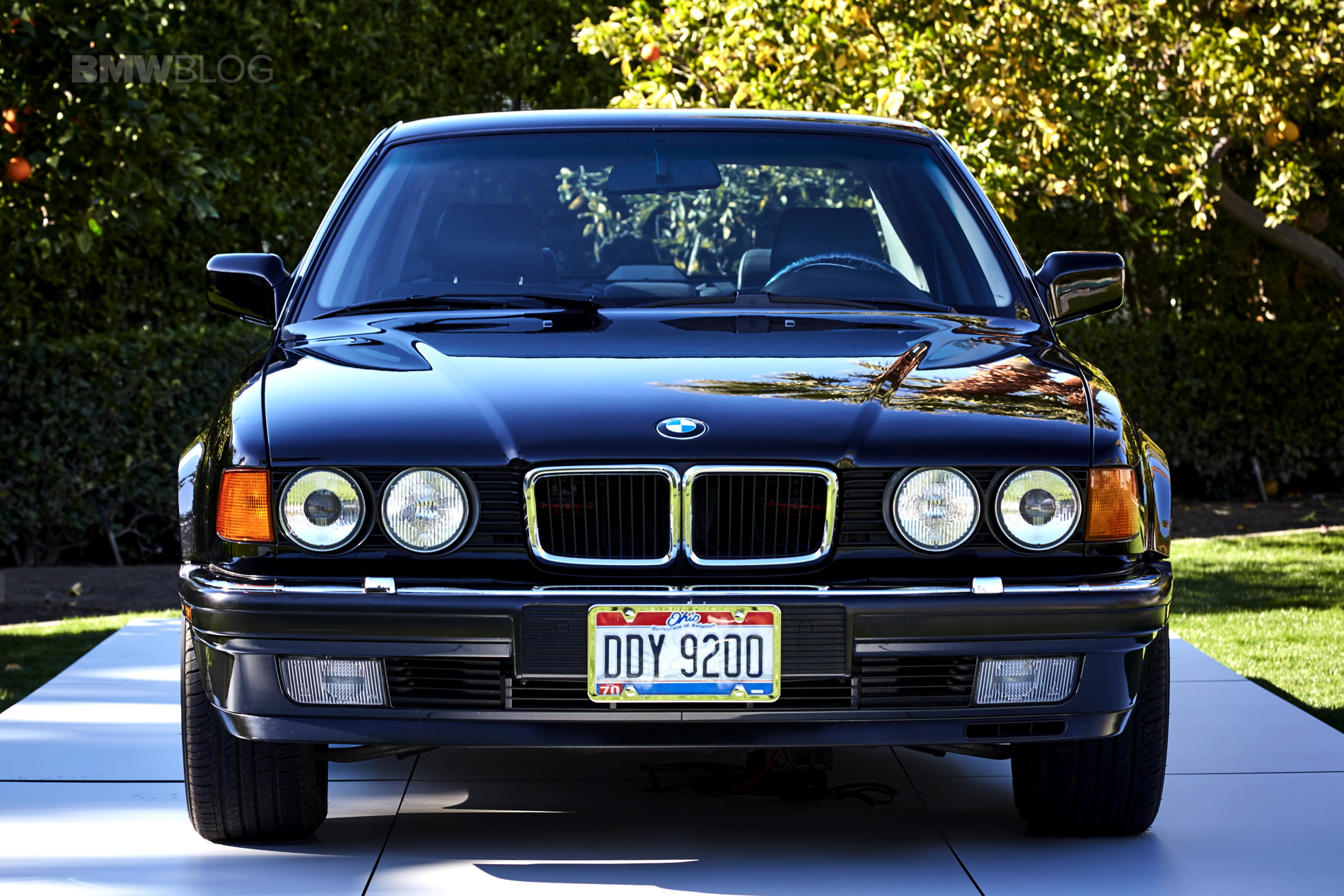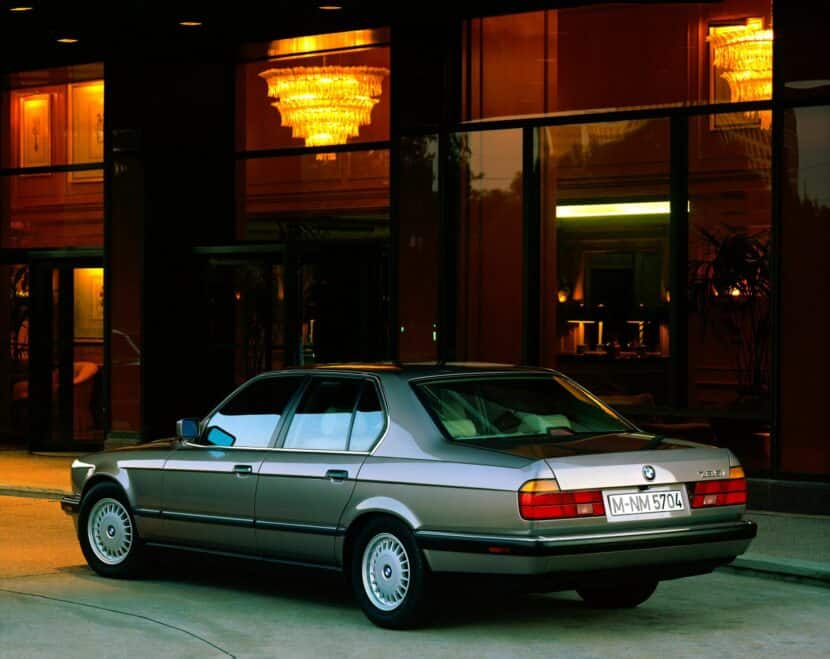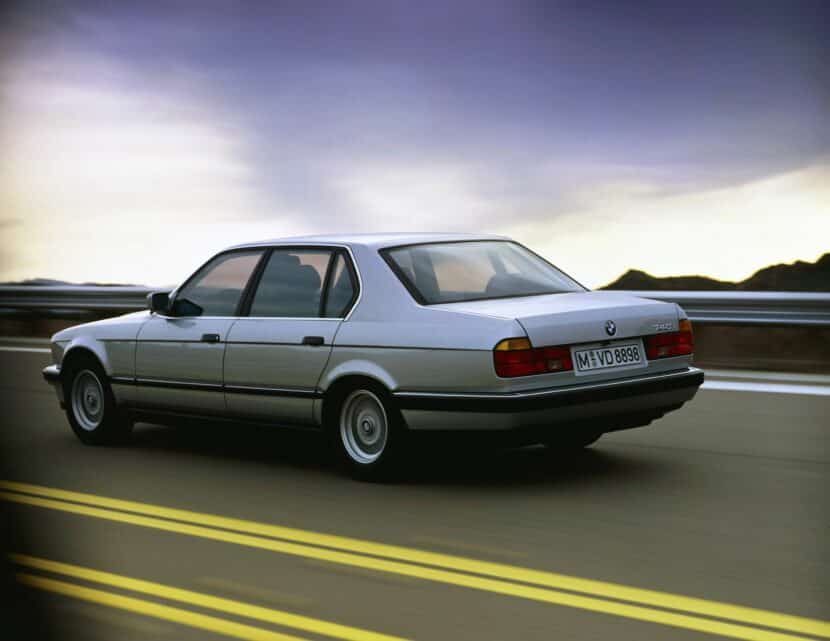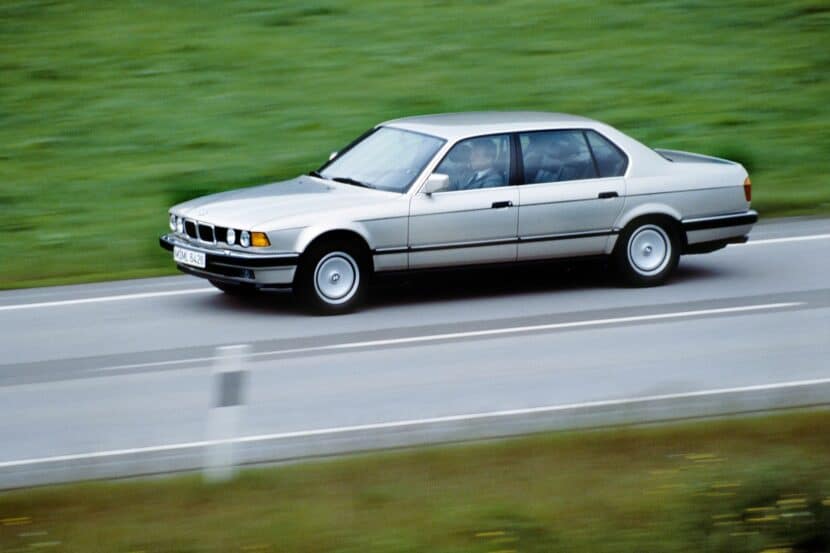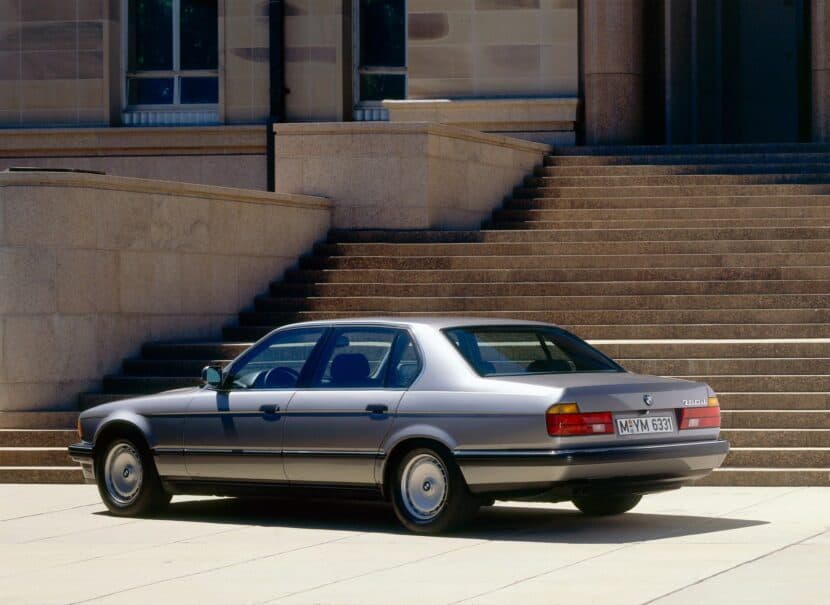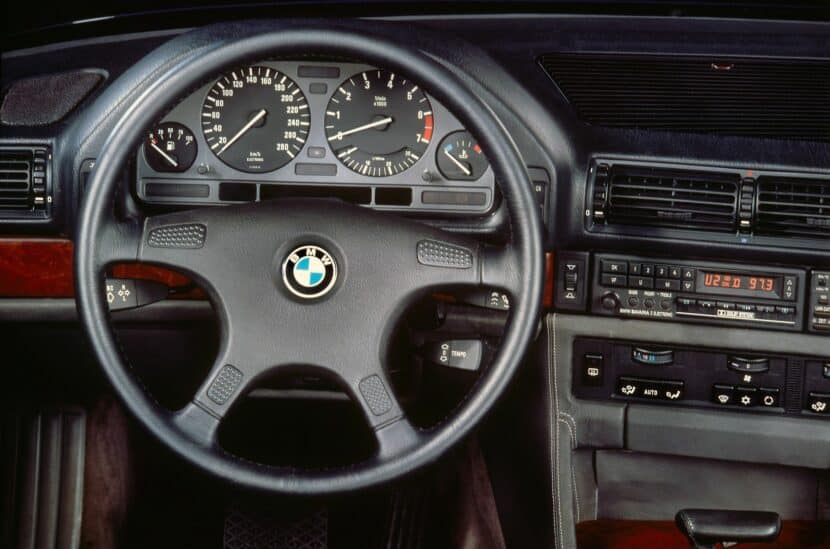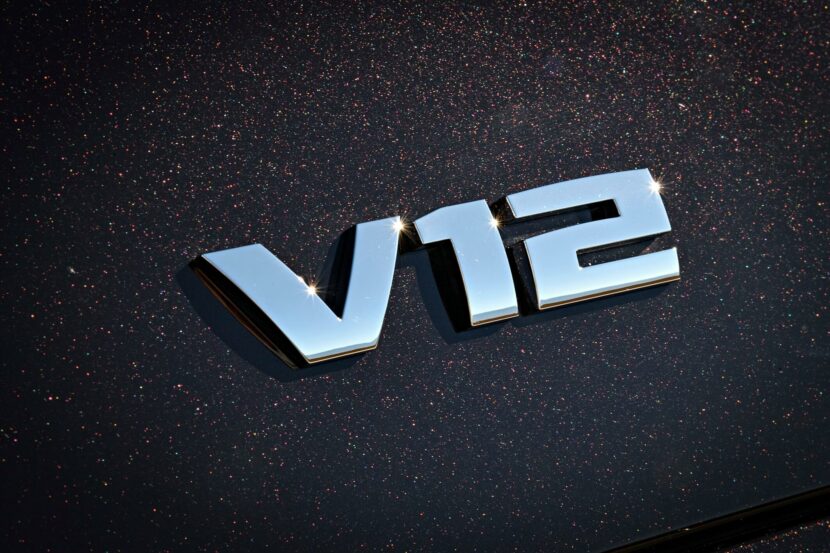While the 1977 E23 BMW 7 Series was quite a good car, it was never considered a real challenger to the Mercedes-Benz S-Class. Many magazines instead compared it to the W123 mid-range model. The first seven became quite brave with the turbocharged 745i model, but it was never quite enough. When the 1980 W126 S-Class arrived, the goal to beat the Mercedes slipped even further away.
However, in 1986, the all-new E32 7 Series arrived, delivering a knockout blow to Stuttgart. With its better looks, lighter weight, improved driving experience, nice ride, and superb build quality, the E32 was the first car to beat the S-Class at its own game. Although these are still undervalued, their time will come eventually. Here’s what to check for and what to avoid.
1. The E32 735i
This straight six was derived from the old E23, but it’s quite different. Thinner wall crankcase with revised mounting points, lighter internals, a revised cylinder head, and Bosch 1.3 Motronic meant a lighter and more efficient engine, retaining the same 3430cc capacity. The 735i was discontinued in 1992 when the 740i and 730i V8 cars arrived.
Camshaft wear was as common on these as it was on the original 1968 units in the E3 and E9 due to a lack of lubrication caused by either a blocked spray bar (missed oil changes) or the two threaded banjo bolts coming loose. The spray bar oil holes can be slightly enlarged with a small drill, and new banjo bolts from BMW have both thread lock and a revised thread pitch to prevent them from unwinding.
2. The E32 740i
This all-new V8 was introduced in 1992 and is a splendid unit, undeniably better than the old M30. All alloy with 32 valves, coil ignition, and Nikasil bore coatings, it’s light, efficient, and more economical. It has issues in old age – Nikasil bore coatings can flake off with too many cold starts, causing rough idling and even refusal to start. A shot of oil down the plug holes is needed to give it enough compression to start. The M60 timing chain and tensioner setup is hefty duplex and gives no trouble, and the cooling system uses a standard thermostat, and cooling system problems are rare, unlike the later M62 from 1995.
A rare problem with the V8 is the oil pump bolts working loose. This results in the low oil pressure warning bong sounding as well as rattly tappets as there isn’t enough oil pressure to pump them up. It’s a really easy fix – the front oil pan unbolts easily, and you can retrieve the bolts and refit them.
3. A 750i Sir
The magnificent E32 750iL arrived in late ’87 to really sock it to Mercedes – their engine was a 5.6 liter V8 compared to the 5.0 liter in the BMW. Using many four-cylinder M40 parts (parts were machined on the same line), it was fairly low tech using a single cam per bank and two valves per cylinder plus two separate Bosch Moronic management systems, one each side. It used EML electronic throttles, and these were troublesome early on. The Alusil block is silicon alloy with no liners or bore coatings – no trouble there.
The M70’s Achilles heel is the sump gasket. These can leak oil, and it’s a nightmare to fix. The rear bolts are within the trans bell housing, and the official fix is to remove the gearbox first. Er, no… Holes can be drilled to enable a long extension with a 10mm socket to get them out.
4. Self-leveling (SLS) and EDC
The hydraulic self-leveling on some cars – mainly “iL” models – was a great idea when new, but now it can be a liability. The pressure comes from the power steering pump via steel pipework that rusts and then leaks, as can the ride height sensors, pressure spheres, and the self-leveling dampers. The official and expensive fix is to spend a couple of thousand dollars replacing it all, but the smart money is on converting it to standard rear springs and dampers, removing the pipework, and fitting a standard non-self-leveling PAS pump – you’ll need to clear the suspension defect warning from the instrument cluster too. EDC can all be replaced with stock E32 hardware, and it will drive just fine.
5. Servotronic steering
Most 750iL cars and some 740i’s have Servotronic that makes the steering light around town but weights up at speed. If it goes wrong, the steering is light all the time, but you can try another relay unit first – they are hundreds new so find a used one if you can. Like the SLS self-leveling rear suspension, you can take it all off and convert to standard power steering with a standard E34 or E32 steering box.
6. Automatic transmission
These are now at the age where they can fail, with the four-speed 4HP22 on the 735i and the 4HP24 on the 750i cars being most prone. A rebuild is around $2000 upwards, and secondhand boxes are getting rare. These transmissions use Dexron II fluid that should be changed every 30,000. The 5HP boxes on the 740i are better and use a synthetic Esso fluid. Low battery voltage, a bad camshaft sensor, or alternator can all cause the dreaded ‘TRANS PROGRAM’ message, and oil/filter changes are important.
7. What else?
Instrument clusters can lose pixels (nowhere near as bad as E38’s can), but a good used unit won’t be too expensive. Some E32 models use Michelin TRX metric tires that are best replaced by 15 or 16-inch BBS imperial wheels and 225/60 tires. Vague steering is often cured by tightening the 32mm nut at the base of the steering column inside the cabin.
Very early 735i models, all 740i variants, and 750i cars use the PAS pump-powered brake hydraulics that are more reliable than they were on the E23. Body corrosion isn’t a major problem, but hot state cars are far better, even if a Texas car might have an interior baked hard – you can always replace that.


